|
Experiential learning resources for the innovative educator
Inquiry-based learning in the classroom is essential for 21st-century learners. But what is the importance of inquiry-based learning? How can you get started incorporating inquiry into your classroom or homeschool learning environment today? Let's go!
I have a five- and eight-year-old. These two children are at prime ages for questioning. I get 1,000 questions per day, at least.
Yesterday I was baking a cake and my son asked me why I was putting eggs in the batter. I turned this simple question into an inquiry-based learning activity for my kids at home and modified it for inquiry-based learning in the classroom for my high school students.
Rather than tell my son (or students) why cakes need eggs, he investigated his own question. I guided him through a simple experiment. We made one cake with all of the listed ingredients and another cake with all of the same ingredients except eggs.
He observed raw eggs before using them by moving the yolk and whites around with a fork. He noticed the consistency; that it was slimy and stretchy. He commented on the color. I asked him to tell me about his experience eating eggs. What do cooked eggs taste like? Feel like in your mouth? Do scrambled eggs fall apart when handled? Based on what you're seeing here, what differences do you think you will see between each of the baked cakes that we will make together? My kid's prediction was that the cake with eggs would taste like, look like, feel like, and smell like scrambled eggs. The cake without eggs would taste like cake ;) And why wouldn't it? My child was drawing on his own observations and experiences in his short life up to that point. We then made the two versions of the cake and observed the final products in the same way that we observed the raw eggs. I asked if the results were what he expected and to observe the differences in taste, color, smell, texture, etc. My son thought that the one with eggs tasted better than the one without. The one without eggs fell apart when handled. The one with eggs was brighter yellow. We determined (with open-ended questions from me) that adding eggs to cake batter is probably important for structure, color, and taste. This is inquiry-based learning, folks!
What is inquiry-based learning?
Inquiry-based learning is, in short, discovering information, ideas, and content knowledge through questioning, experimenting, and constructing one's own ideas and understanding of the world world.
Inquiry-based learning in the classroom, then, is a constructivist approach to learning. Students develop knowledge by investigating a question rather than through direct instruction or other teacher-directed learning experiences. In classroom inquiry-based learning, students make observations and ask questions around those observations and experiences. Students then thoroughly investigate that question. The investigation could include experimentation, interviews with community experts, digging through literature such as books, publications and journals, and more. Inquiry-based learning is a broad term. It is an overarching methodology that is present in a variety of experiential learning activities such as project-based learning, problem-based learning challenges, design thinking experiences, service-learning experiences, scientific experimentation, and more. The project-based learning framework, for example, is built around sustained inquiry. Without the inquiry component, PBL isn't PBL. Project-based learning experiences typically start with a driving question that powers the entire PBL experience. That driving question is inquiry-based.
What are the different approaches to inquiry-based learning in the classroom?
Homeschool or classroom inquiry-based learning spans a broad spectrum from teacher-directed structured inquiry where the instructor gives students the driving question to investigate and then designs the investigation, to student-directed open inquiry where students ask their own questions and plan their investigations.
Varying levels of guided inquiry lie between the two extremes. An instructor might give students the driving question, for example, but the students plan their own investigations using that question as the foundation of the classroom inquiry-based learning experience. You might guess if you are an avid reader of my blog which end of the inquiry spectrum I like learning experiences for my students to fall, and not just at home with my kids, but in the classroom as well. However, inquiry can be tricky and uncomfortable for beginners, so starting at one end of the spectrum and gradually moving toward the student-directed end of the spectrum is a good option.
How can I shift to student-directed inquiry-based learning in the classroom?
The bulk of my teaching career has been at an experiential, student-directed school.
I often had students come into my classes mid-year, some 18 years old, that had up until that point experienced a very different kind of learning environment, one where direct instruction was the norm, worksheets were handed out in abundance, and a lot of value was placed on having the correct answers. Throwing students directly into student-directed inquiry-based learning in my classroom, especially those students accustomed to having information delivered to them, may feel uncomfortable and overwhelmed with inquiry-based learning at first. This is especially true with high school students, as there is a shift in mindset that needs to take place. This can take time and practice. You approach classroom inquiry-based learning with these students a couple different ways: 1. Start at the teacher-directed inquiry-based learning end of the spectrum and gradually move to the student-directed end of the spectrum. As much as I advocate for student-directed everything, I also understand that there is a learning curve. Making a gradual transition might work best for your classroom experience and dynamic. 2. Another way to shift that thinking is to dive right into open inquiry. Be patient and forgiving with students at first, and watch their struggle and confusion with classroom inquiry-based learning transform into a profound learning experience. This is what I usually do. Student-directed open inquiry is where it's at. This approach, however, necessitates scaffolding, listening, patience, dialogue, and consistent feedback and support. 3. If I have a population of students that are floundering with open-inquiry after diving right in, I might take a baby step toward the other end of the inquiry spectrum temporarily, providing guided inquiry experiences. This is what I did with my son and the egg experiment. He asked the question. I designed the experiment because, hey, he's 8.
What is the importance of inquiry-based learning in the classroom?
Why not just give your students the answers to the questions that YOU ask them? Why not just have them Google answers? If I want to answer a question such as why eggs are used in baked goods, I could look it up and find the answer in seconds, sure. However, the purpose of inquiry-based learning in the classroom is not finding the correct answer, nor is it finding an answer at all for that matter. The purpose and benefits of inquiry-based learning lie in the process. Let's talk about the specific benefits of inquiry-based learning in. your classroom... 1. Inquiry-based learning integrates subjects. Many concepts and skills are rolled into one activity. Direct instruction on the other hand tends to offer information that is split up into discrete units. Take the egg/cake experiment for example. We practiced counting, identifying colors, and for older students, practiced working with fractions. We used a variety of skills such as communication, problem-solving, critical thinking, and even fine-motor skills. We covered a variety concepts in both chemistry and math. 2. The process of inquiry-based learning essentially teaches students how to learn. As our kids and students graduate and leave us behind they will need to know how to answer their own questions. Having a good understanding of content knowledge is important, but going through the process of developing and building that knowledge-base on one's own - learning how to learn - is critical. By doing inquiry-based learning in the classroom, you are giving them the advantage of learning this process. I feel secure knowing that when my students graduate they will go off into the world with the wherewithal to apply for a loan even if they've never been taught how to do so, solve a maintenance problem in their home even if they've never had to, or build a business from the ground up even though they've never taken a business class in their lives. My students could theoretically do all of these things because they have been trained through inquiry-based learning to figure it out. They are trained to locate and wade through swaths of information. They have experienced using community resources to find credible information. They have learned how to ask questions and find answers to those questions. Inquiry-trained learners know how to learn, which is a hot commodity in the 21st-century. Student-directed inquiry-based learning in the classroom leads to confident lifelong learners. 3. Inquiry-based learning is a major 21st-century skill-building opportunity. Inquiry-based learning experiences provide students with opportunities to use higher order thinking skills such as making observations, asking their own questions, designing experiments, analyzing ambiguities of conflicting information or unexpected results, working through obstacles and coming to solutions to overcome those challenges. Those are skills that are important in life. Inquiry-based learning is a slam dunk when it comes to practicing the 6 C's as well - collaboration, communication, critical thinking, creativity, citizenship and character development. What do you need to start student-directed inquiry-based learning in your classroom or homeschool today? Teacher-directed, structured inquiry-based learning is easy. Pull out a recipe lab and ask students to do it. Open, student-led inquiry-based learning, however, requires that you provide input. If you want your students to ask their own questions and design their own investigations, you need to set a stage that stimulates the flow of observations, questions, and ideas. You also need to be prepared to scaffold NOT give answers. Scroll to the bottom for a list of great go-to questions when facilitating a student-directed inquiry-based learning activity. Finally, student-directed inquiry-based learning does not have to be and should not be chaotic. Structure is allowed and encouraged, especially for beginners. Students should have clear expectations and guiding materials. For example, I personally think it's important for students to reflect on their inquiry experiences. Providing reflection questions doesn't minimize self-direction, it just adds an element of structure that some students need or desire.
What questions can I ask my students to facilitate classroom inquiry-based learning rather than direct it?
1) What do you think? 2) Why do you think that? 3) What do you predict will happen if...? 4) Why do you predict this will happen? 5) What would happen if you tried this instead? 6) How could you find out about this? 7) Who might know the answer to that question? 8) Is this source of information credible? How do you know? What source could you use that would be credible? 9) What does this information mean to you? 10) What does this remind you of? 11) Where have you seen this before? 12) What if you tried this? 13) What did you observe then? What do you observe now? 14) What else does this make you wonder? 15) How does this connect to that? 16) How is this different from that? How are they the same? 17) Tell me about what you're doing here and why you're doing it. 18) How does this experience or observation change how you view this concept? 19) What is another way you could ask that question? 20) What could you do next?
Can inquiry-based learning work in any classroom and apply to all subjects?
Inquiry-based learning can be applied across all subjects, age groups, and learning structures. If students are asking questions, doing investigations to answer those questions, and constructing knowledge based on the experiences, it's inquiry. I would love to hear how educators are using inquiry-based learning in their classrooms across disciplines, age groups, and learning environments. How can you apply inquiry-based learning in a high school social studies classroom, reading class, or math class? How do you use inquiry-based learning in early childhood learning environments such as a preschool homeschool? Add your thoughts to the comments! As always, thank you for reading! If you have any questions about inquiry-based learning in the classroom, please reach out.
Inquiry-Based Learning Resources:
Relevant Blog Posts:
Join our Experiential Education Facebook Group!
Did you know there is an experiential learning Facebook group? Check that out - Experiential Learning Community for K12 Teachers - and join in the discussion about experiential learning ideas such as real world learning in the classroom. Let's Get Social! Follow Experiential Learning Depot on Pinterest, Facebook, Youtube, and Instagram for more on experiential education. Observe. Question. Explore. Share.
1 Comment
Ihejieto Clifford Okechukwu
9/2/2022 08:49:39 am
Interesting publication. Inquiry learning has really made teaching-learning experiences something to look up to. Students get very excited being made to take active part.
Reply
Your comment will be posted after it is approved.
Leave a Reply. |
Blog IntentTo provide innovative educational resources for educators, parents, and students, that go beyond lecture and worksheets. AuthorSara Segar, experiential life-science educator and advisor, curriculum writer, and mother of two. Categories
All
|
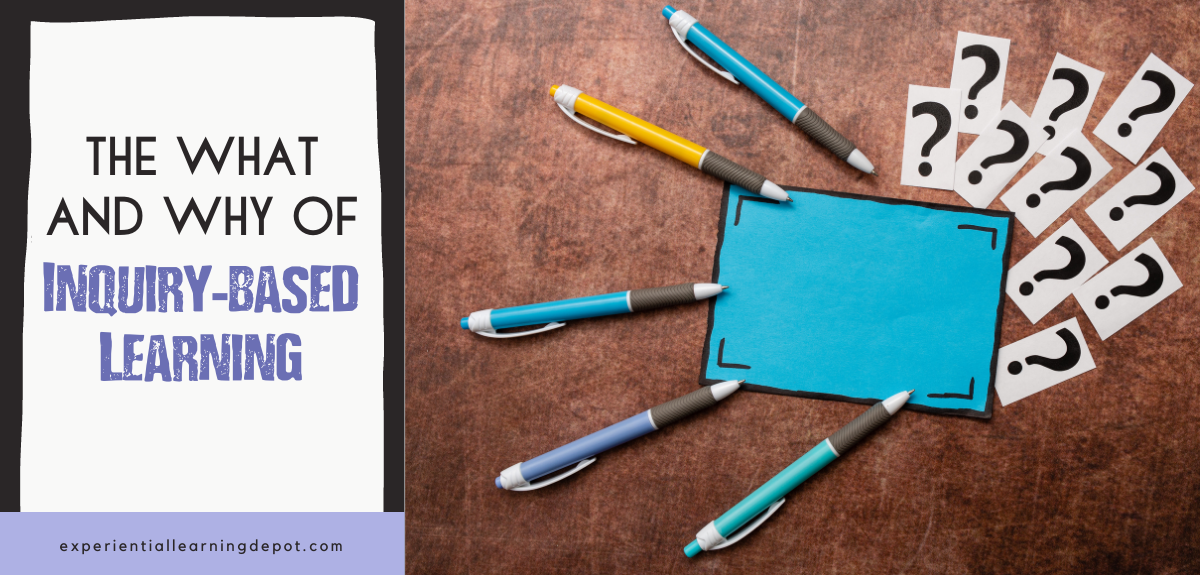
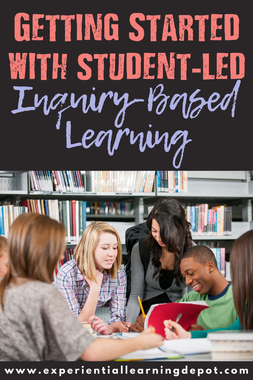
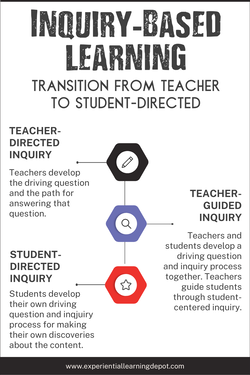
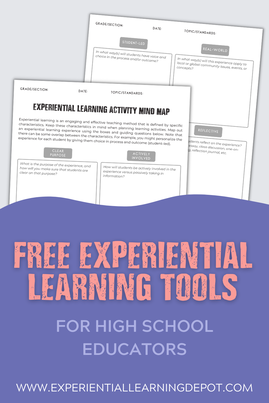
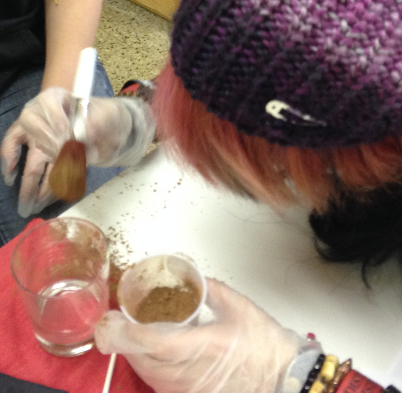
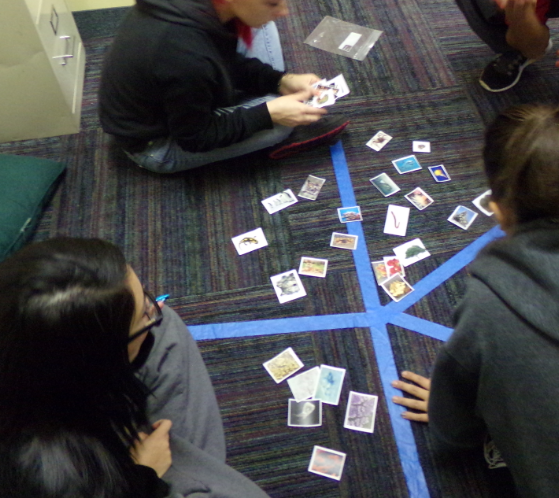
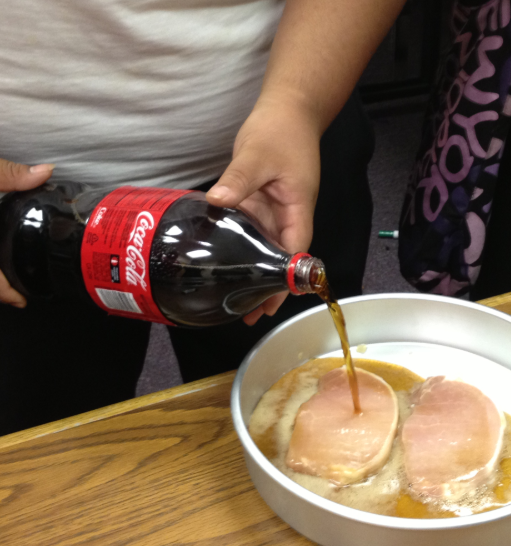

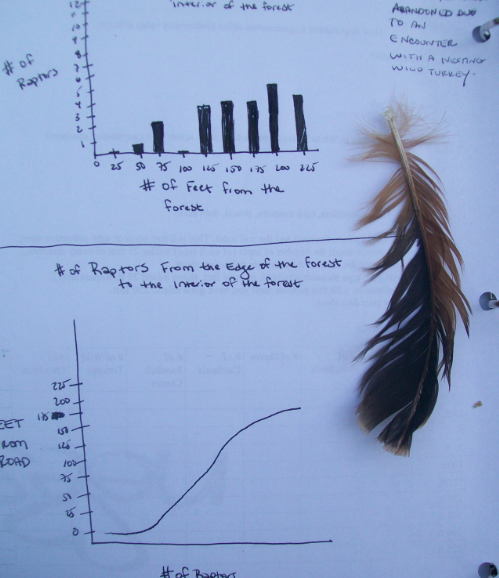
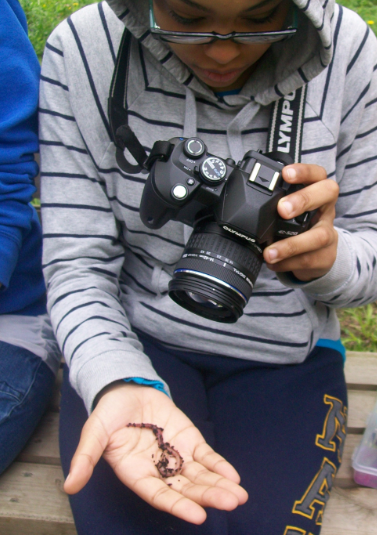
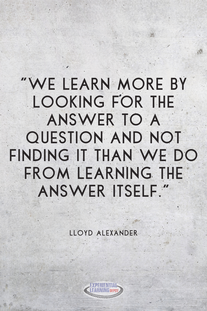
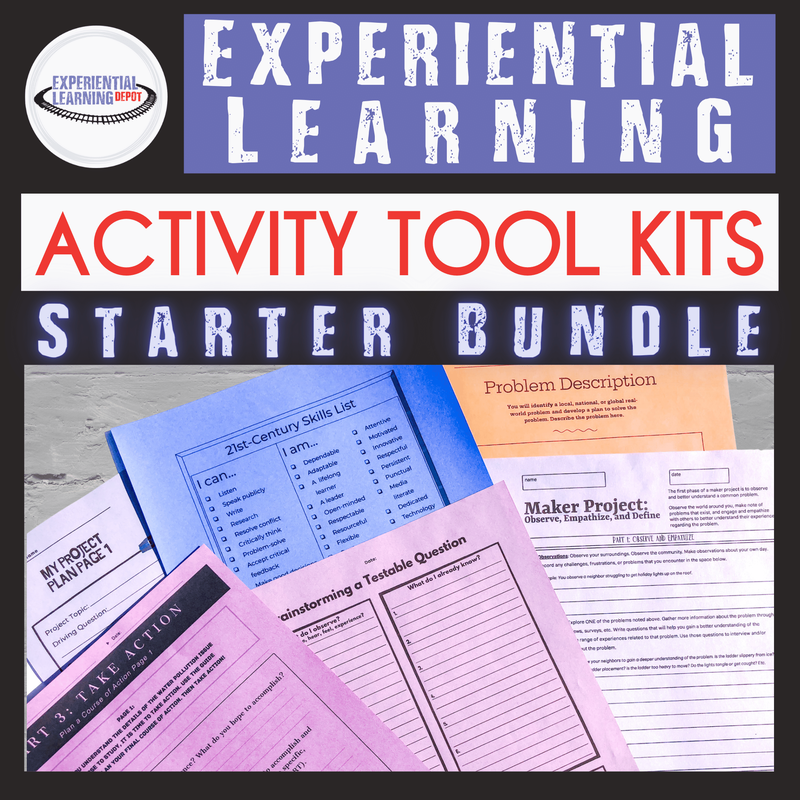
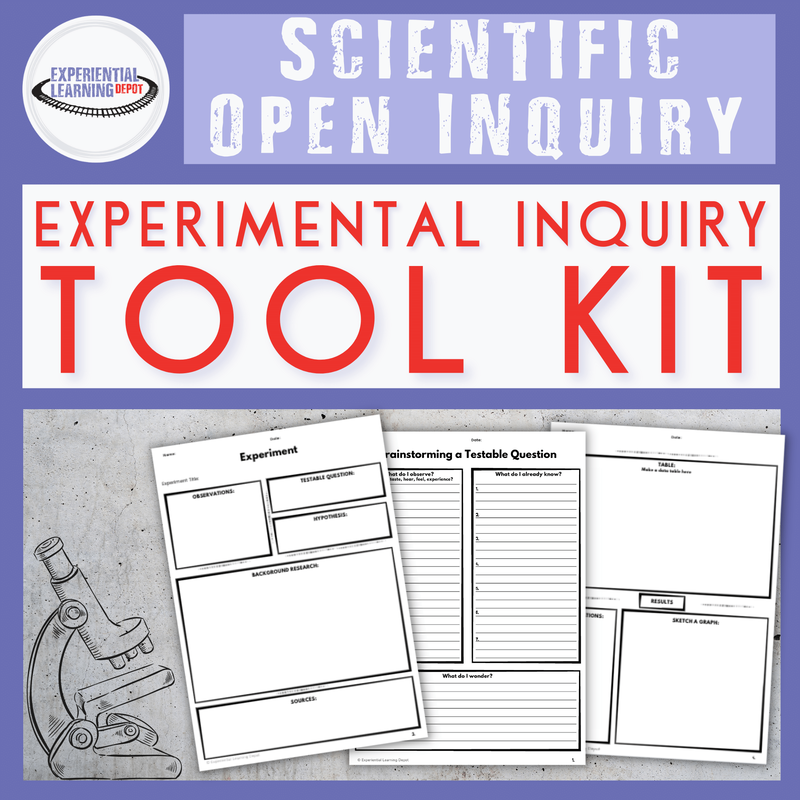
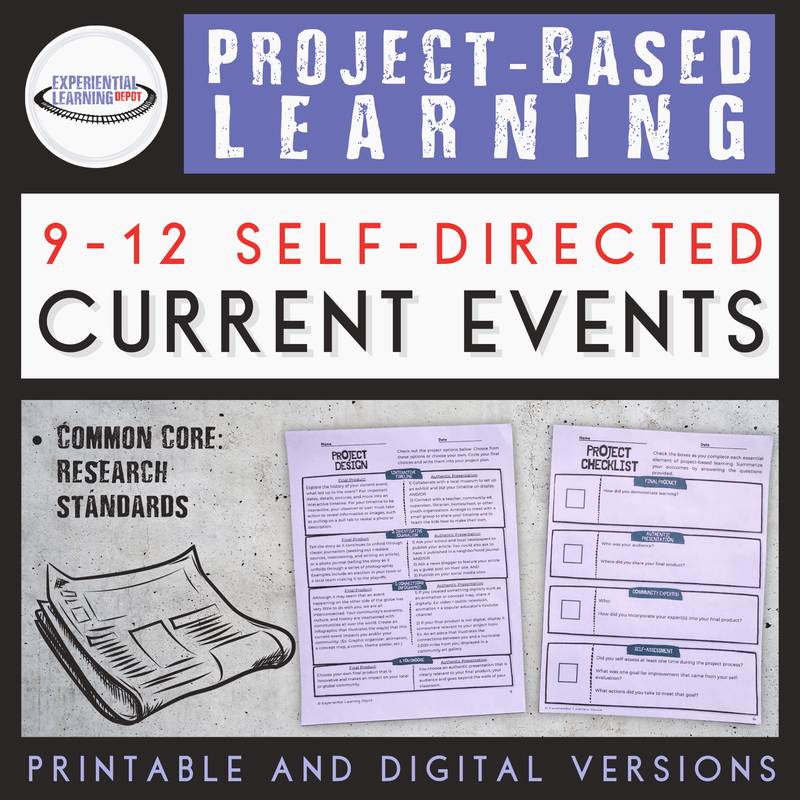
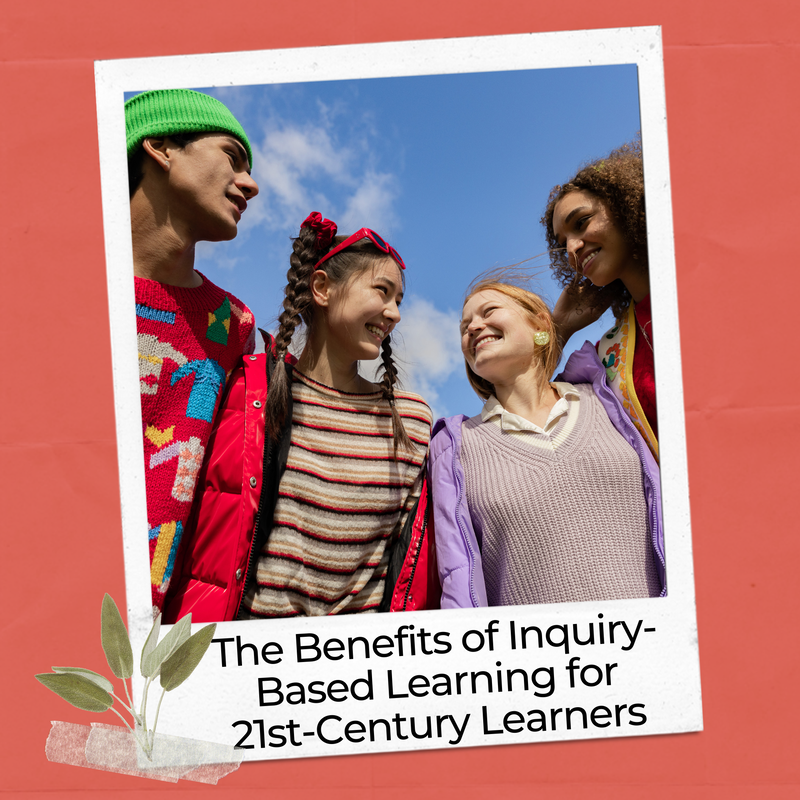
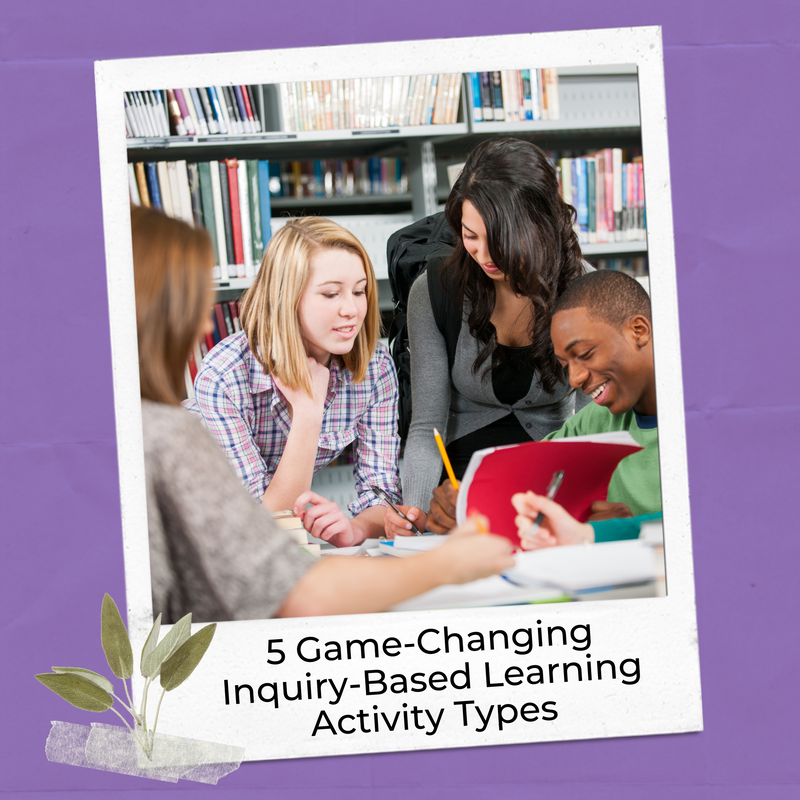
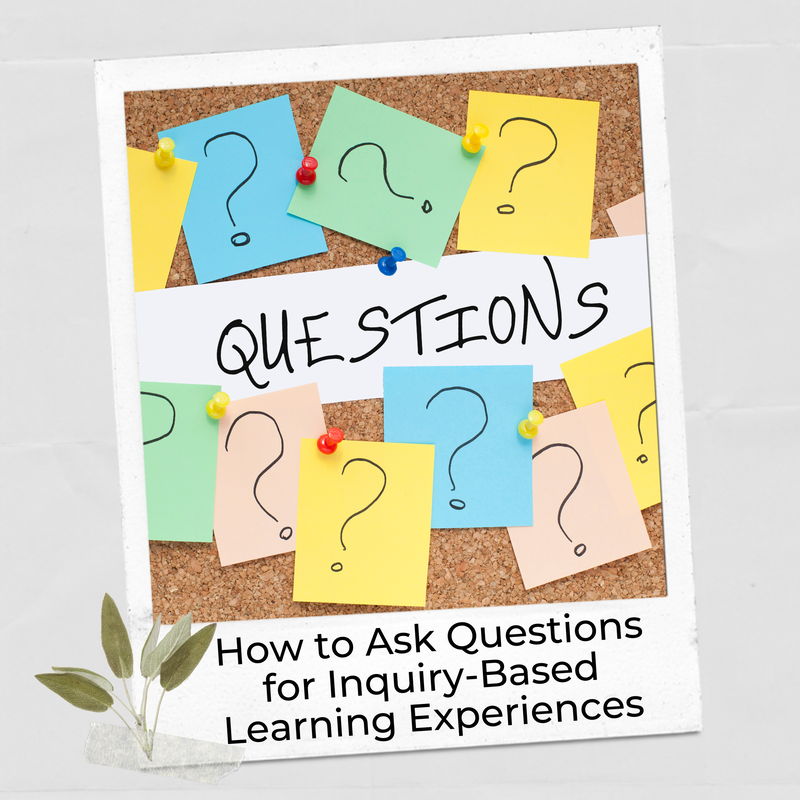


 RSS Feed
RSS Feed